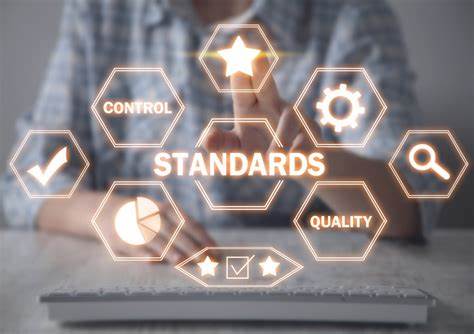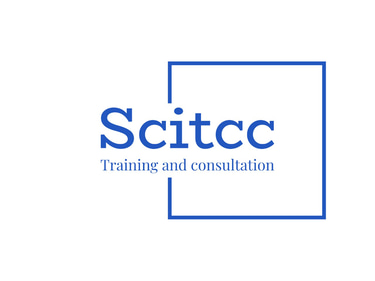
Best Practices in Maintenance Management
Best Practices in Maintenance Management
$3500.00
Course objectives:
Enhancing the basic understanding of maintenance management:
Understanding the basic concepts of maintenance management.
Understanding the role of maintenance in improving operational and production efficiency.
Developing practical skills in maintenance planning:
How to prepare periodic and preventive maintenance plans.
Using technical tools to analyze faults and reduce downtime.
Application of global best practices:
Familiarity with methodologies such as TPM (Total Productive Maintenance) and RCM (Reliability-Centered Maintenance).
Implementing Key Performance Indicators (KPIs) to measure maintenance efficiency.
Raising the level of resource management:
Managing maintenance teams efficiently.
Improving the management of materials and spare parts to ensure continuous readiness.
Enhancing safety and quality:
Integrating maintenance procedures with occupational safety standards.
Improving production quality through effective maintenance.
Target groups:
Maintenance managers and technicians.
Engineers working in the production and industrial sectors.
Workshop and factory supervisors.
Experts in planning and operational management.
Anyone interested in enhancing their knowledge of maintenance management.
Course topics (daily subjects):
Day One: Basic Concepts of Maintenance Management
Definition of maintenance and its types (preventive, corrective, predictive).
The importance of maintenance and its role in improving efficiency.
Case Study: The Impact of Effective Maintenance on Production.
Day Two: Planning and Scheduling Maintenance
How to prepare periodic maintenance plans.
Using Computerized Maintenance Management Systems (CMMS).
Management of resources and budgets allocated for maintenance.
Day Three: Advanced Maintenance Methodologies and Tools
Total Productive Maintenance (TPM).
Reliability-Centered Maintenance (RCM).
Root Cause Analysis .
Day Four: Performance Indicators and Team Management
Key Performance Indicators (KPIs) for maintenance.
Improving the efficiency of maintenance teams and task distribution.
Practical training on performance evaluation and improvement.
Day Five: Safety and Quality in Maintenance
Integrating maintenance with occupational safety standards.
Improving quality through effective equipment maintenance.
Developing sustainable improvement plans for maintenance.
Learning method:
Interactive lectures:
Presenting the scientific material clearly with explanations supported by examples.
Workshops:
Practical exercises for fault analysis and maintenance planning.
Case Studies:
Reviewing practical examples from the industry to understand the challenges and solutions.
Group discussions:
Exchange of experiences between trainees and the trainer.
Short tests:
Evaluation of acquired knowledge and review of key points.


